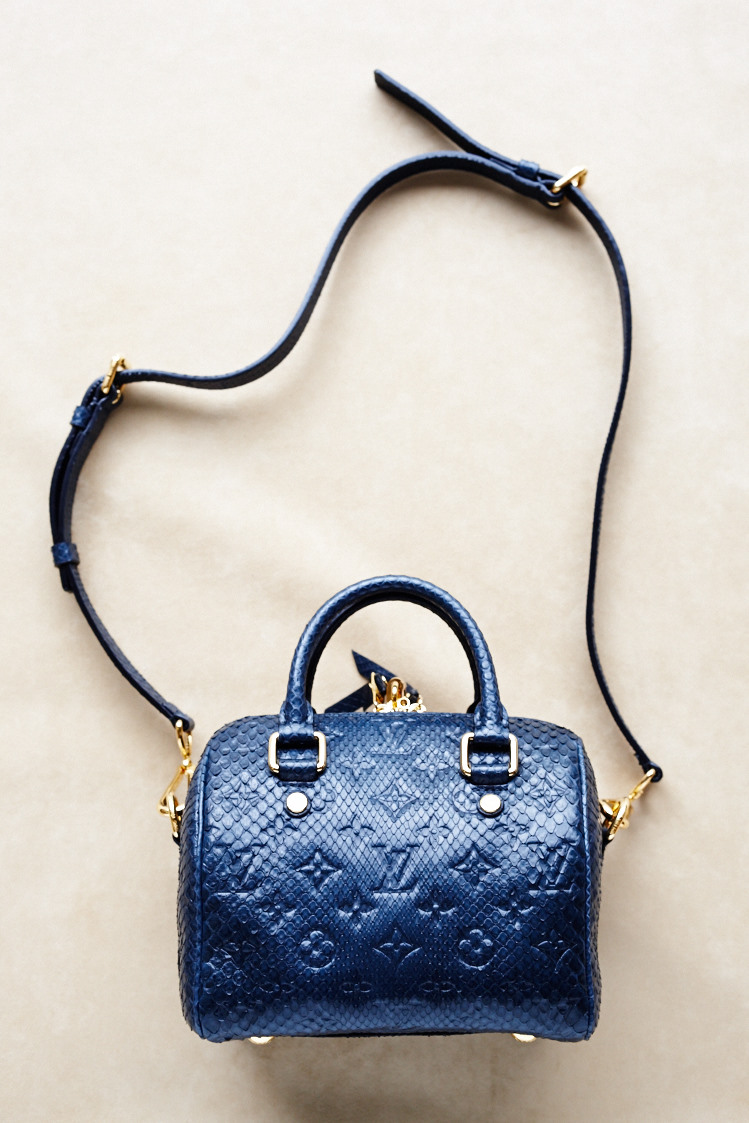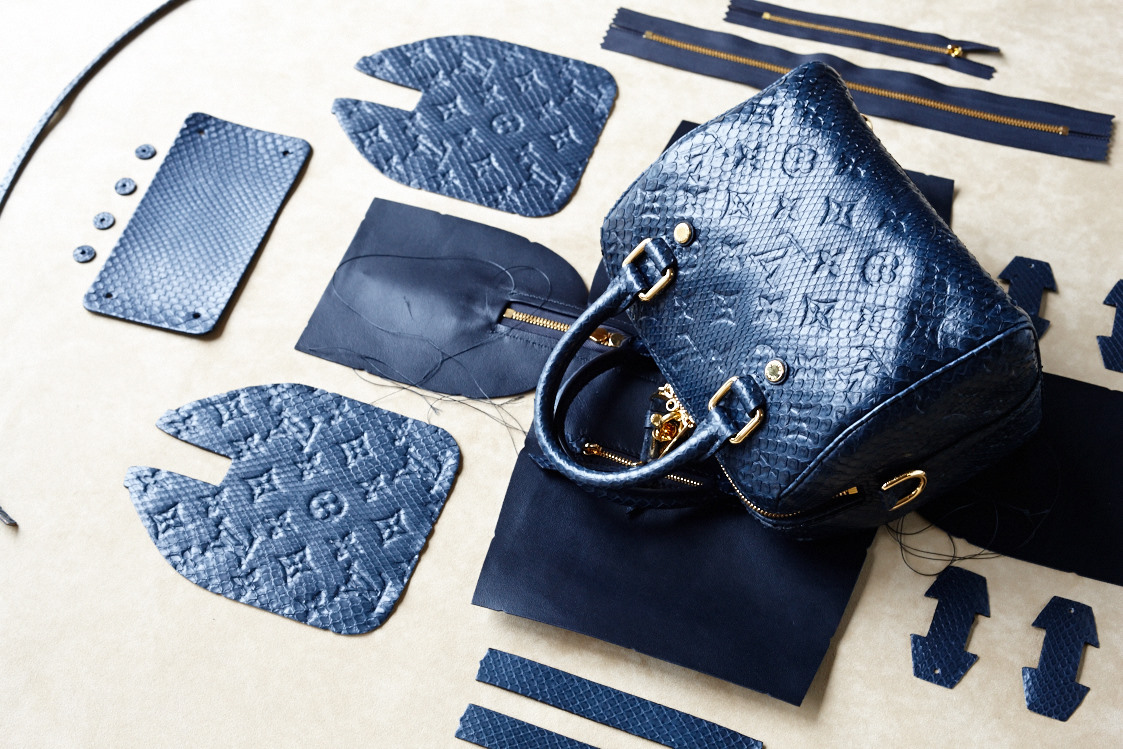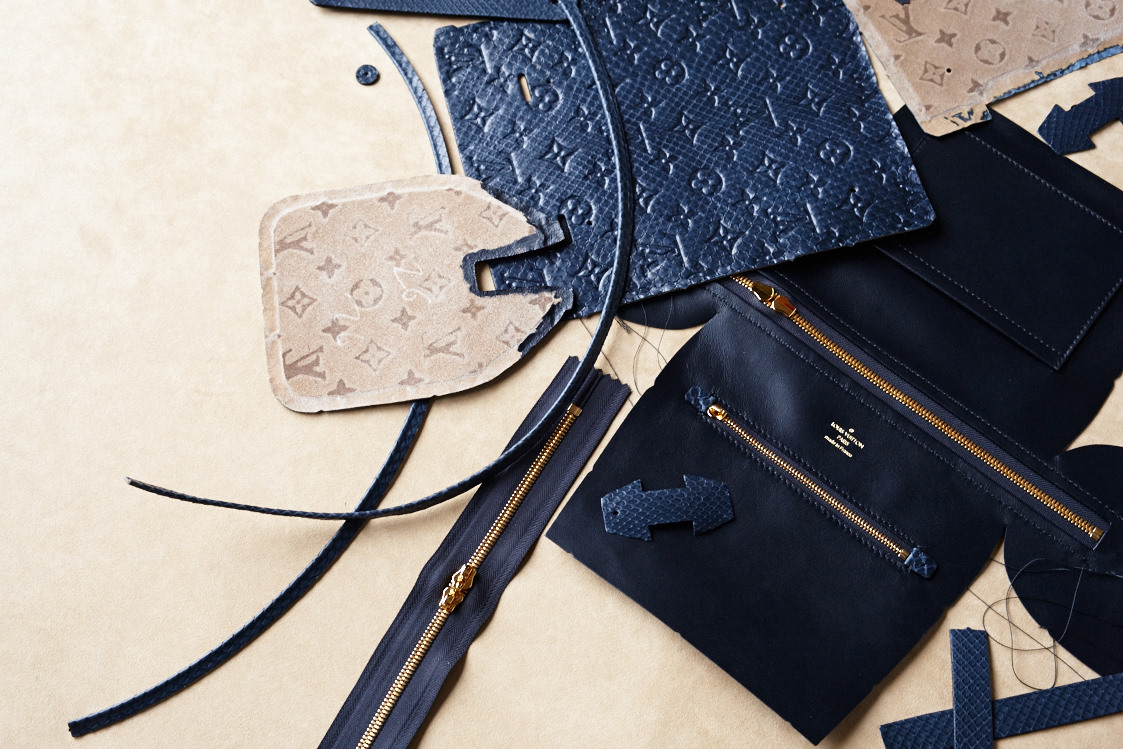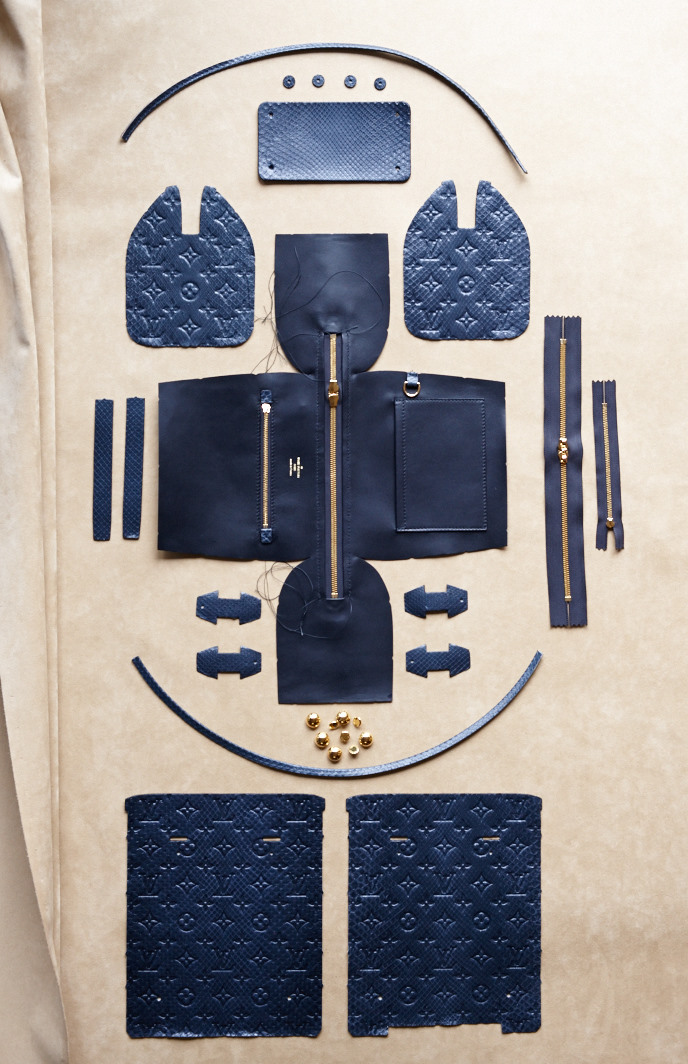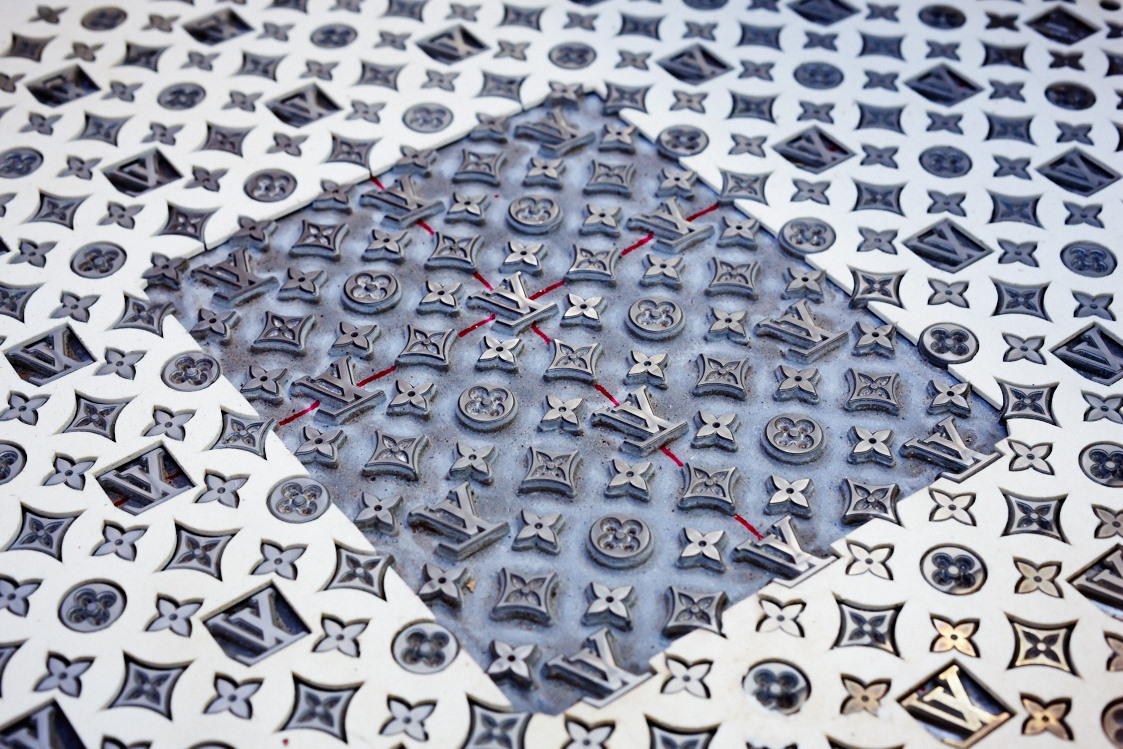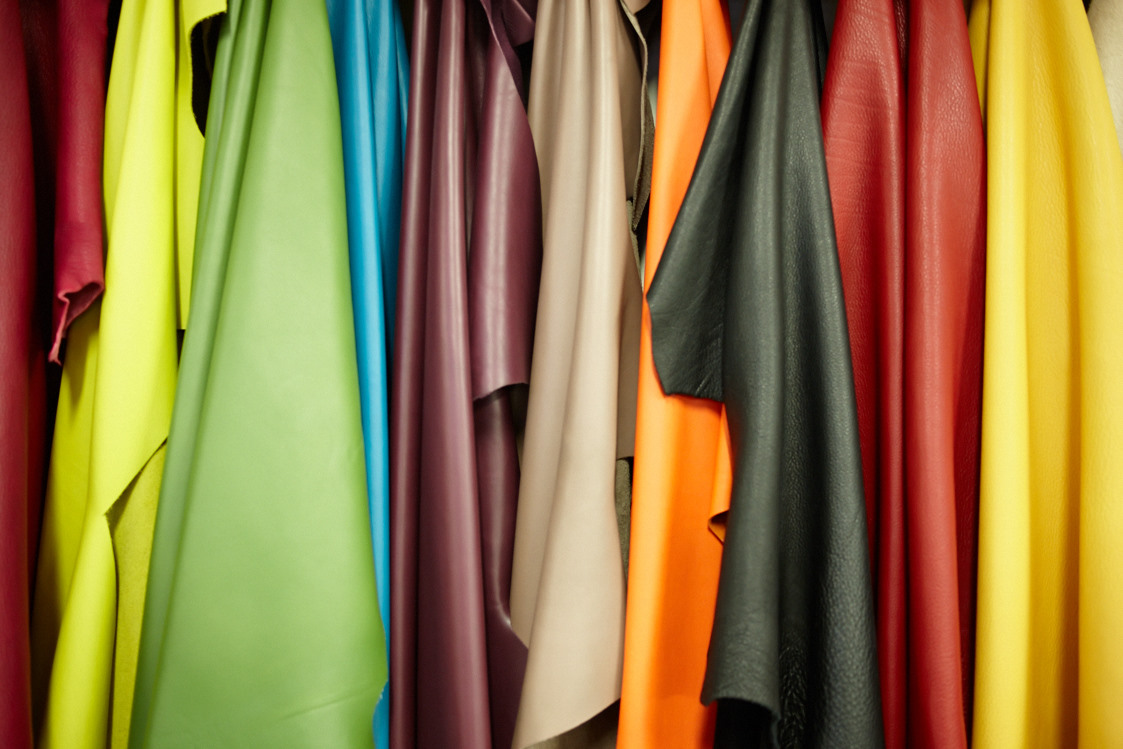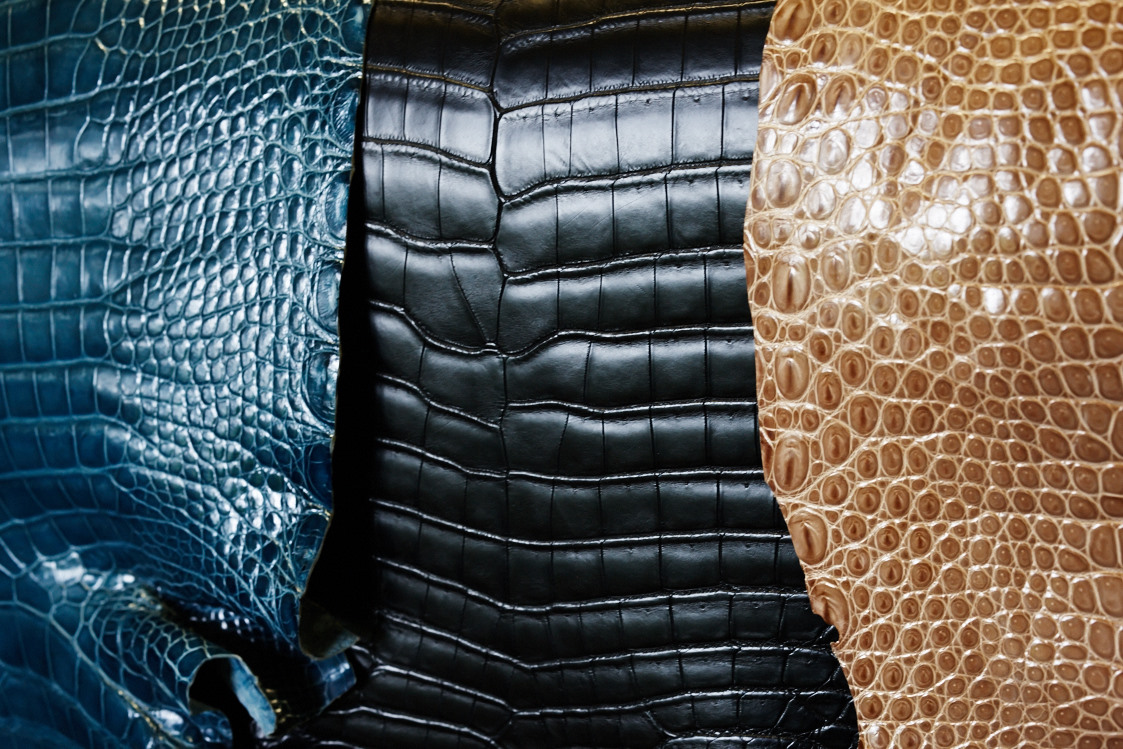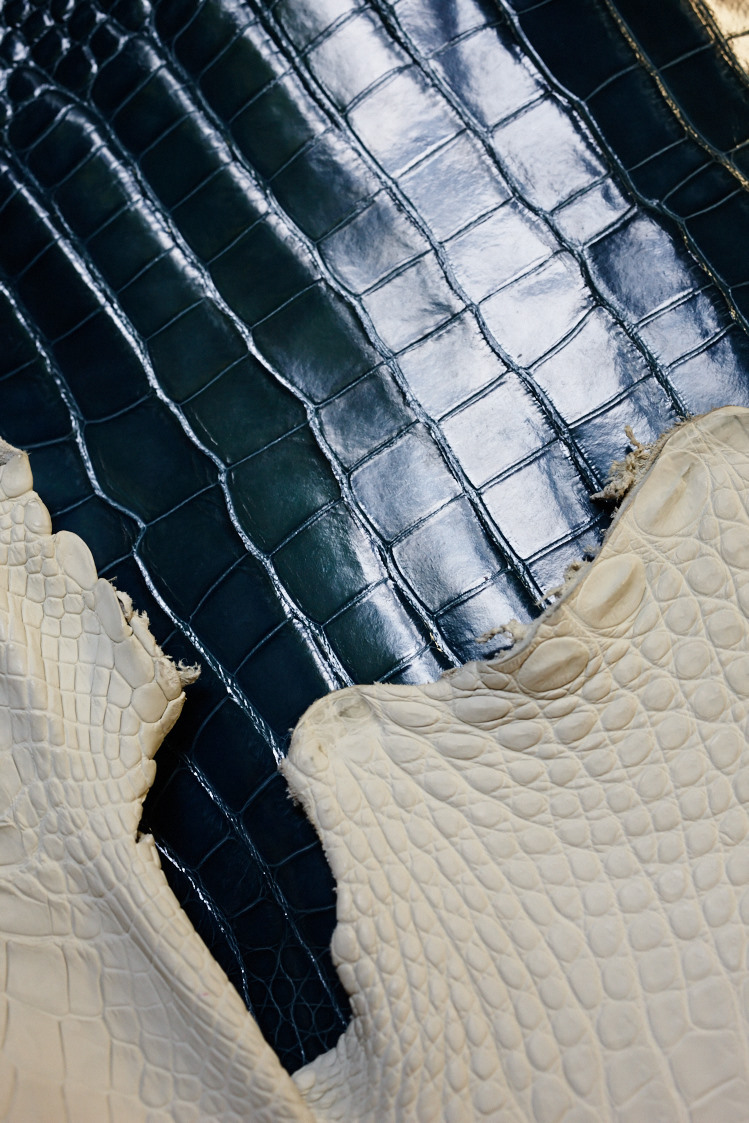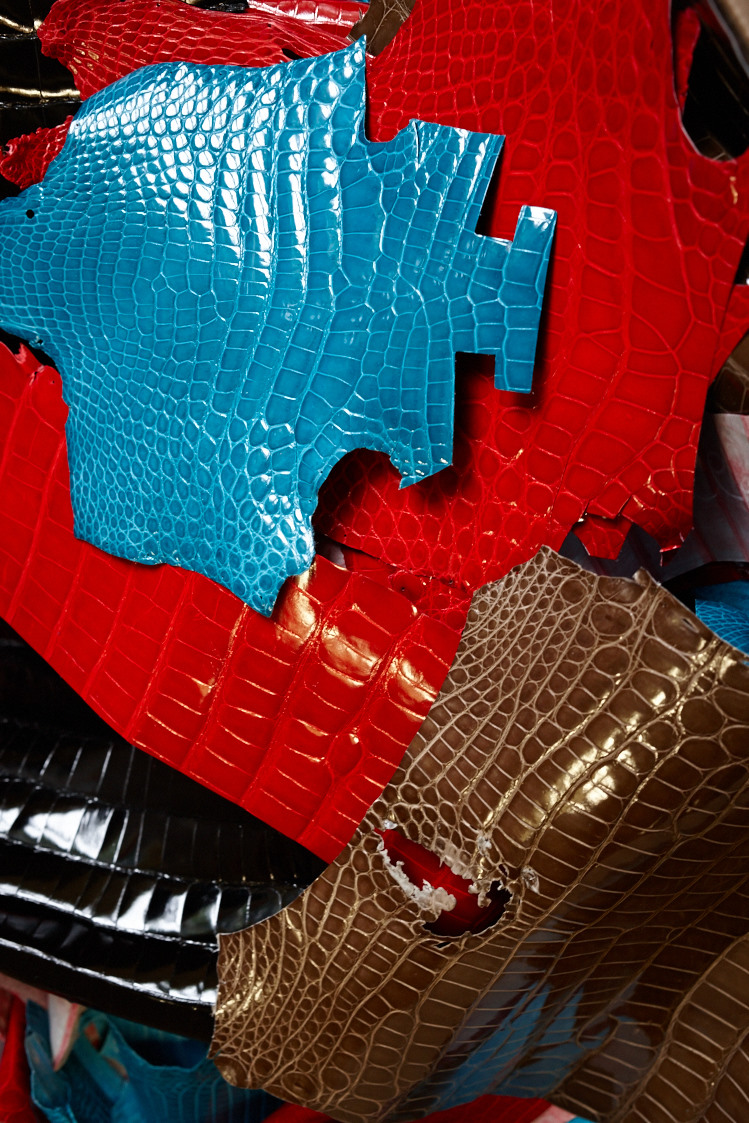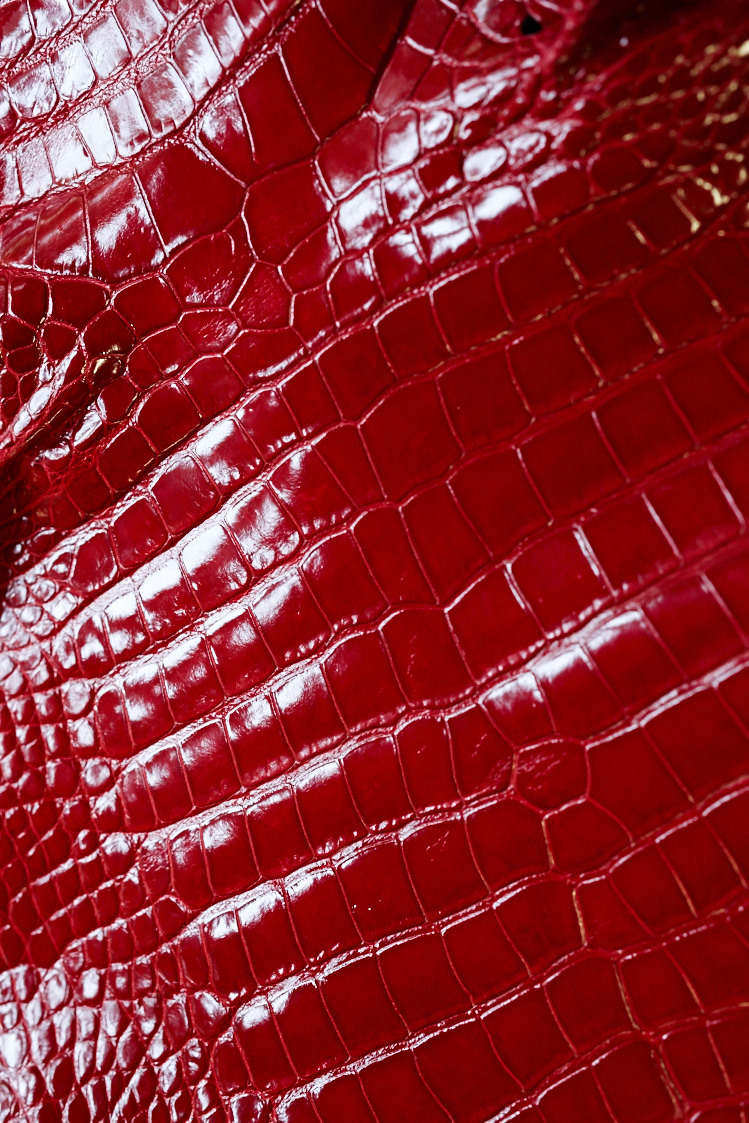CR FASHION BOOK
Anatomy of a Bag
Deconstructing the world’s most iconic accessories to tell their stories. This is Louis Vuitton’s Speedy.
Photographer : Ulysse Frechelin
Fashion Editor, Concept and Direction : Shiona Turini
In the late ’90s, Marc Jacobs set off an It bag craze that hasn’t let up 15 years on. The Louis Vuitton monogram has been graffiti’d, Murakami’d, embroidered, fringed, cut, pasted, and collaged in a myriad of fabrics, styles, and eye-popping treatments. There’s now an epic arsenal of classic Vuitton shapes made for any possible micro-occasion.
This season, the latest LV must-have speaks its must-haveness at a lower decibel than some of its forebears as the brand emphasizes quality and craft. Take, for example, the new Speedy bag in python, a paragon of handbag production that requires over 400 technical maneuvers in fabrication to realize. The most challenging aspect being, that while each python hide measures up to 8 meters long, they are not very wide, so several skins must be “matched” to obtain perfect symmetry and even coloring. It’s the kind of unparalleled attention to detail that makes an LV an LV.
Vuitton gave CR exclusive access to its laboratory and special-order workshop in Asnières, France, where eccentric special commissions like birthday cake boxes, cocktail cases, travel safes, portable libraries, and cricket trunks are produced. It was there that we captured the rainbow of exotic skins and other impossibly luxe details below.
The python Speedy by the numbers
Over 400: Number of fabrications, treatments, and operations required to realize a single bag
12: Pieces of leather, including the python and interior lambskin lining
9: Pieces of hardware (4 for the handles, 2 for the zips, 3 for the strap)
Between 7 and 8: Average length, in meters, of each python hide.
